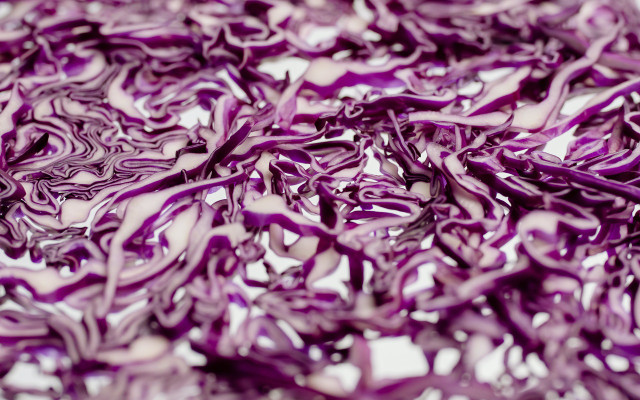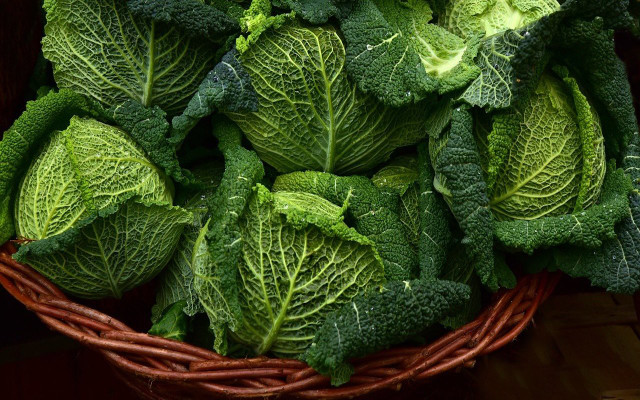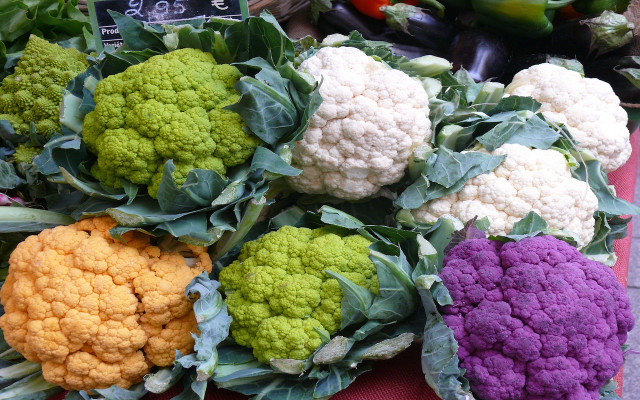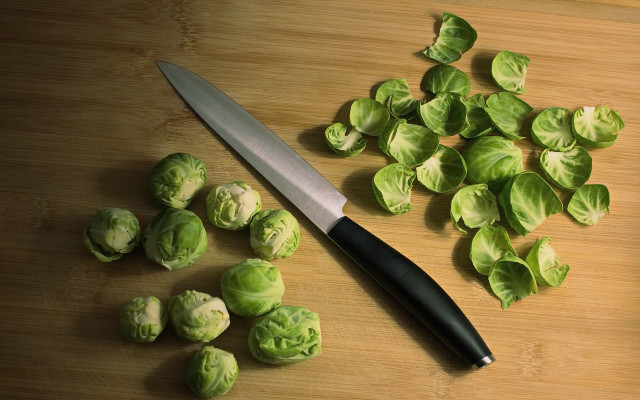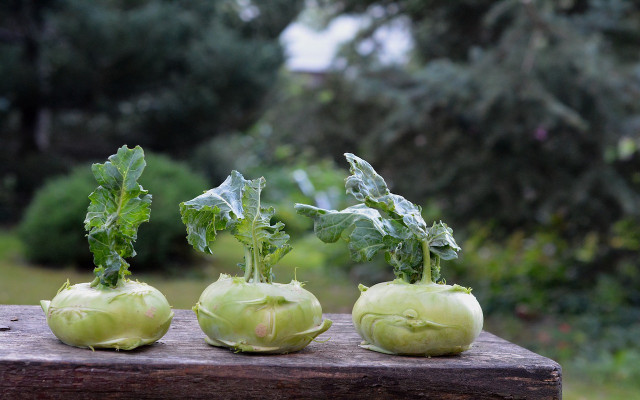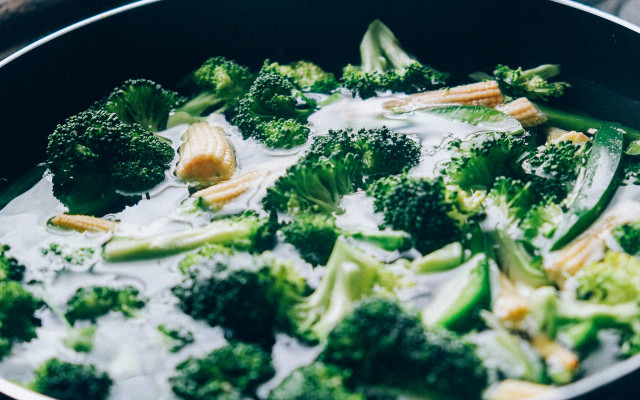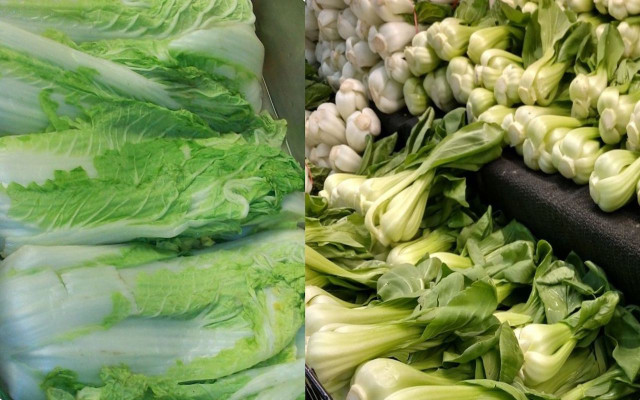Cabbage may not get the attention it deserves, but there’s no denying its versatility and nutritional value. With over 100 cabbage types grown worldwide, each with its own distinct taste and appearance, there’s a cabbage variety for every palate. In this article, we’ll delve into some of the most popular cabbage types, explore their nutritional benefits, and discover delicious ways to prepare them.
Green Cabbage – The Classic
Green cabbage is undoubtedly one of the most common cabbage varieties. Although traditionally considered a winter vegetable, you can now find American-grown green cabbage year-round. This cabbage variety is particularly popular during the fall and winter months because of its high vitamin C content, which can boost your immune system.
Loaded with essential nutrients such as vitamin C, vitamin K, calcium, iron, and magnesium, green cabbage is an excellent addition to any healthy diet. Its high fiber content also helps keep your digestive system in check. While coleslaw is a popular dish using green cabbage, you can also explore other options like sauerkraut, stews, soups, and even cabbage rolls.
Red Cabbage – Slightly Sweeter Type
Another well-known cabbage variety is red cabbage. Available year-round, especially in the US, red cabbage offers a slightly sweeter flavor compared to its green counterpart. Apart from being a rich source of vitamin C, it also provides vitamin E, vitamin K, and various B vitamins.
You can use red cabbage in fresh summer salads, coleslaw, or as a side dish for hearty meats. Alternatively, switch up the protein and enjoy it with vegetarian alternatives like tofu or vegan roast. The possibilities are endless!
Savoy – Curly Cabbage
Savoy cabbage, often mistaken for green cabbage, stands out with its curly appearance and earthy flavor. Unlike other cabbage types, Savoy cabbage is not typically eaten raw due to its softer texture. Instead, it is better enjoyed cooked, roasted, sautéed, or braised.
What sets Savoy cabbage apart is its remarkable vitamin K content. Just one cup of raw, shredded Savoy cabbage offers 76% of the recommended daily value of vitamin K, in addition to vitamin A and vitamin C.
Kale – Superfood Cabbage
Kale, known as a classic winter vegetable, is one of the most nutritious cabbage varieties available. Packed with vitamin C, kale can provide you with even more calcium than a cup of milk. It is also a great source of vitamins, potassium, magnesium, iron, phosphorus, and zinc.
The versatility of kale makes it easy to incorporate into various dishes. Add it to hearty winter soups, salads, stir-fries, quinoa bowls, or blend it into smoothies for an extra health boost. The options are endless when it comes to this superfood cabbage!
Cauliflower
Cauliflower, available from June to November in most regions, boasts a mild taste that sets it apart from other cabbage varieties. It is a popular vegetable due to its high vitamin C content, as well as potassium, calcium, magnesium, vitamin K, and various B vitamins.
While cauliflower can be enjoyed raw in salads, it can also be cooked in various ways. Roast it with bread crumbs and parmesan, turn it into cauliflower rice, or even use it as a gluten-free pizza crust. The possibilities are endless with this versatile cabbage type.
Brussels Sprouts
Brussels sprouts, a typical winter vegetable, are known for their incredible vitamin C content. These mini-cabbages pack almost the entire daily requirement of vitamin C in just 3.5 ounces. Additionally, they provide notable amounts of iron, potassium, calcium, magnesium, and B vitamins.
Roasting Brussels sprouts brings out their delicious flavor and makes for a fantastic side dish. They can also be added to salads, pizza, or pasta dishes. Just be careful not to overcook them if you want to retain their high vitamin C content.
Romanesco – The Beauty
Romanesco cabbage stands out with its unique and intricate appearance. This beauty is not only visually appealing but also packed with essential nutrients like vitamin C, vitamin A, iron, calcium, and protein.
While romanesco is a late spring or early fall crop, you can enjoy it in various ways throughout the year. Whether roasted, steamed, or used in innovative recipes, romanesco can handle bold flavors and adds a touch of elegance to any dish.
Kohlrabi
Kohlrabi often goes unnoticed, but it’s a hidden gem among cabbage varieties. Packed with selenium, magnesium, potassium, calcium, various B vitamins, and vitamin C, kohlrabi offers a plethora of nutrients. Don’t forget about the leaves, which are equally nutrient-rich!
You can enjoy kohlrabi raw in salads or use it in roasted, cooked, or soups and stews. Its sweeter taste makes it an excellent addition to a variety of dishes. Keep an eye out for kohlrabi during its peak season from late fall to early spring.
Broccoli – The Calcium-Rich Cabbage
Broccoli, a member of the cabbage family, offers an array of nutrients, including high levels of vitamin C and calcium. In addition to these, it also provides vitamin A, iron, folic acid, magnesium, and potassium.
Broccoli is in season from June to October, but you can find it year-round in warmer climates. Enjoy it raw in salads or use it as a versatile ingredient in soups, quiches, stir-fries, and casseroles. Broccoli is an easy way to add some nutritional value to any meal.
Bok Choy and Napa – The Chinese Cabbage
Bok Choy and Napa cabbage, popular Chinese cabbage types, are both considered winter vegetables. Bok Choy and Napa cabbage are rich in vitamin C, vitamin A, calcium, iron, and vitamin K.
Napa cabbage’s strong suit is its high zinc content, while Bok Choy shines with its impressive amounts of vitamin K. Explore various recipes like kimchi, Chinese dumplings, or noodle soups to savor the unique flavors of these Chinese cabbage varieties.
With so many cabbage varieties to choose from, there’s no excuse not to incorporate this nutritious vegetable into your diet. Whether you prefer the classic green cabbage or want to experiment with Romanesco or Kohlrabi, cabbage offers endless culinary possibilities. So, go ahead and add some cabbage goodness to your next meal!


